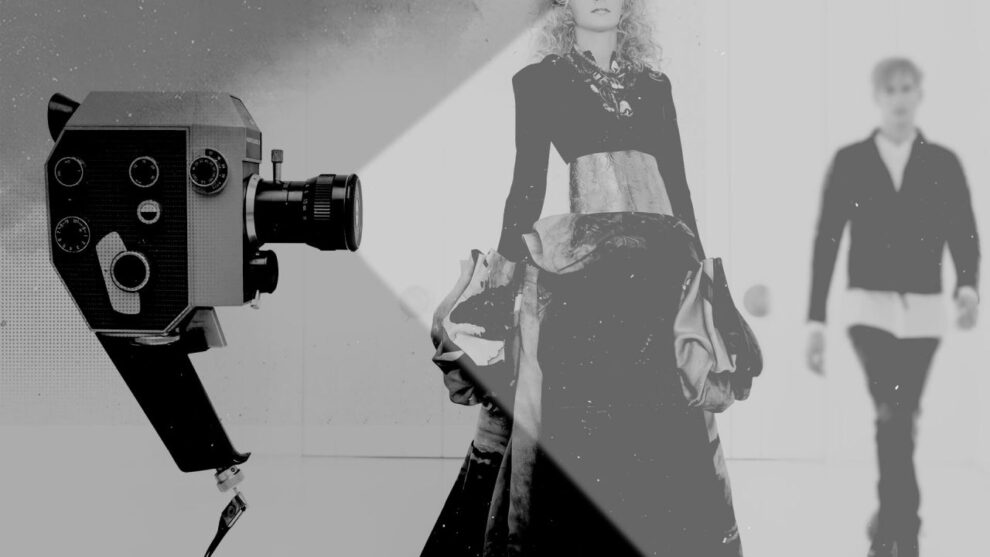Coco Chanel:
In 1931, Samuel Goldwyn, who was a Polish-American film producer, presented Coco Chanel with an offer that she could not refuse – in exchange of what would amount to US$75 million today, he would give her an opportunity to design costumes for MGM ( an American media company) stars. In an interview with Collier’s magazine back in 1932, Chanel said that she had only agreed to go to America because she wanted to discover what the pictures had to offer her and what she had to offer the pictures in return. During the 1930s, Chanel designed costumes for several films including “Tonight or Never”, “The Greeks Had a Word for Them” and “Last Year in Marienbad”. However, Chanel soon drew displeased with Hollywood’s film and business culture, calling it infantile. In her opinion, Hollywood was the capital of bad taste and was unnecessarily vulgar. Despite being quite dissatisfied with her experience in Hollywood, Chanel did not cut ties with costume designing – she went on to dress leading men and women in both French and American films.

Armani:
The brand Armani has always been very closely associated to costume designing. Due to his passion for both cinema and fashion, Giorgio Armani started collaborating with the world of film in 1980. Armani began his journey as a costume designer in Hollywood by dressing Richard Gere in the movie “American Gigolo”. The suit that he made for Gere perfectly embodied the vision of an Armani man, and in a way paved the future for Armani and his brand. Since American Gigolo, Armani has worked on a lot of upscale projects such as The Untouchables (1987), Inglorious Basterds (2009), Elysium (2013), A Most Violent Year (2014), etc. In 2013, he worked alongside Oscar winning fashion designer Sandy Powell to design costumes for “Wolf of Wall Street”. Moreover, The Italian fashion designer also dressed Christian Bale in The Dark Knight and its sequel. Armani has made numerous specimens of men’s wear, most specifically suits, for movies such as Mission Impossible: Ghost Protocol, Duplicity, Ocean’s Thirteen, Hurlyburly and The Bodyguard.
“I love things that age well – things that don’t date, that stand the test of time and that become living examples of the absolute best,” said Armani, and his collaborations with cinema have given birth to countless such examples of articles of clothing that exhibit timeless elegance.

Yves Saint Laurent:
Yves Saint Laurent was enlisted to design the costumes for Catherine Deneuve in her most iconic role as Séverine in the movie Belle Du Jour. Deneuve was often referred to as the French designer’s muse and the life-long friendship between them led Laurent to design for films such as La Sirène du Mississipi, La Chamade, Liza and The Hunger, all of which starred Deneuve. By creating theatrical costumes, Laurent cemented his position as one of the fashion revolutionaries in cinema. He designed clothes such as tuxedos, reefers, safari jackets, trousers and trench coats that ooze confidence and demand authority, and by doing so, Laurent empowered women, acknowledging that they have a significant role to play in society and are not simply objects of admiration. In regards to costume designing, Yves Saint Laurent was truly a visionary.

Sabyasachi:
Renowned for his sartorial creations which exhibit traditional styles and techniques, Sabyasachi more often than not tries to steer clear of costume designing for films. In his opinion, a designer is deprived of autonomy when it comes to costume designing. “When designing for films, a designer is completely at the mercy of the script, director, actor and actress,” Sabyasachi told IANS. As it is very important for Sabaysachi to remain in control of his work, he chooses to avoid designing for movies. That, however, does not mean that he has never dabbled in the profession of costume designing – Sabyasachi has, in the past, designed for Bollywood movies such as Baabul, Laaga Chunari Mein Daag, Guzaarish, Paa, No One Killed Jessica and English Vinglish. Some of his most notable works include Sanjay Leela Bhansali’s Black, for which he received the National Award 2005.

By creating marvelous pieces of couture for cinema, the aforementioned designers and many more have imprinted their legacy on celluloid. This means that their work will live on even after they’re gone and it will pave a way for a younger generation of fashion designers to be inspired and to explore the world of fashion in cinema and take it to greater heights.






